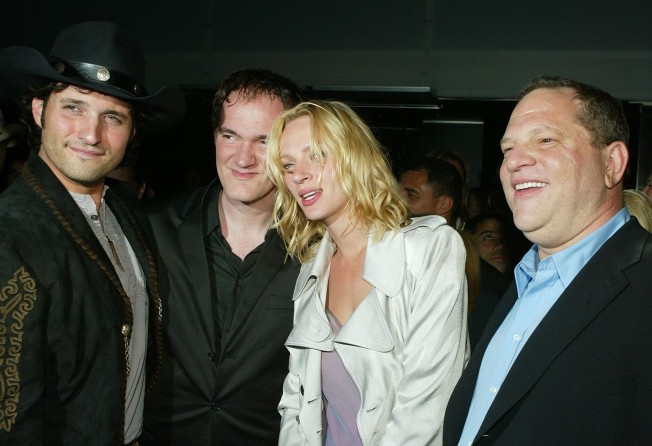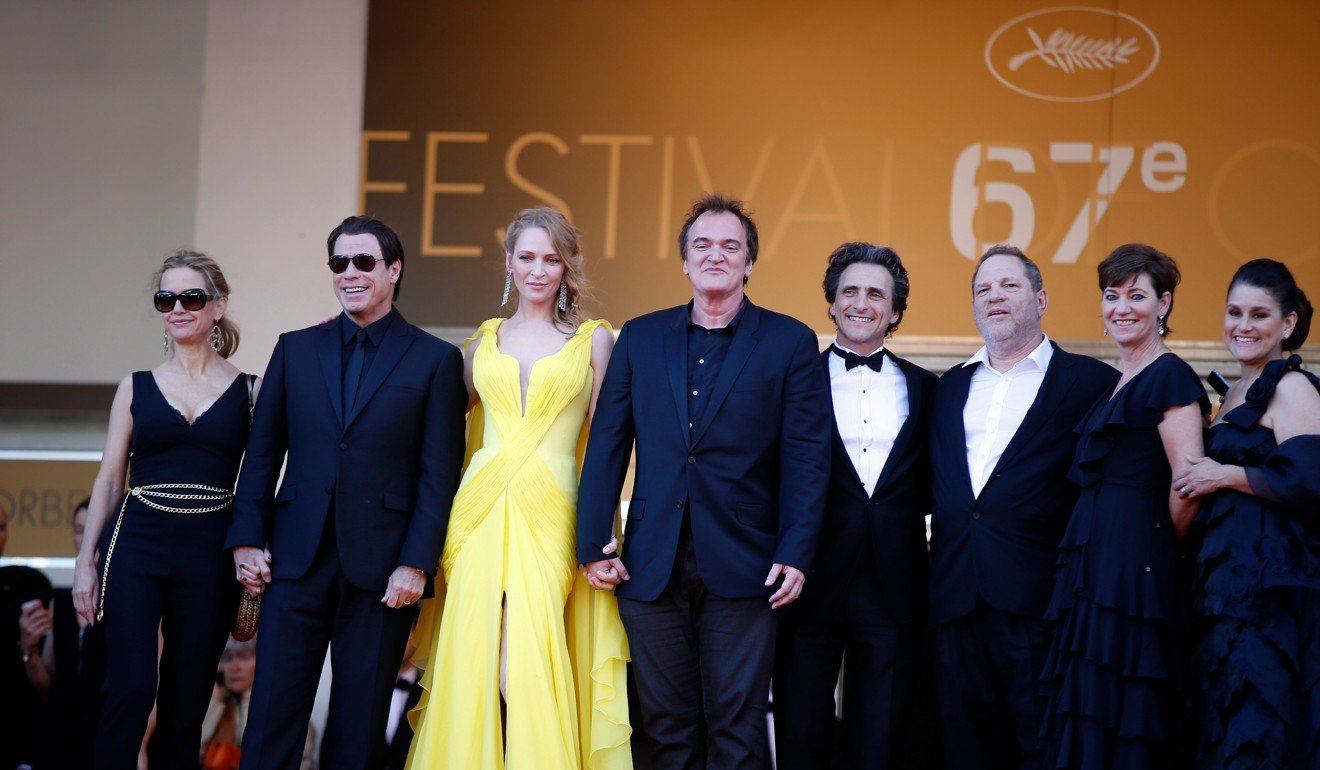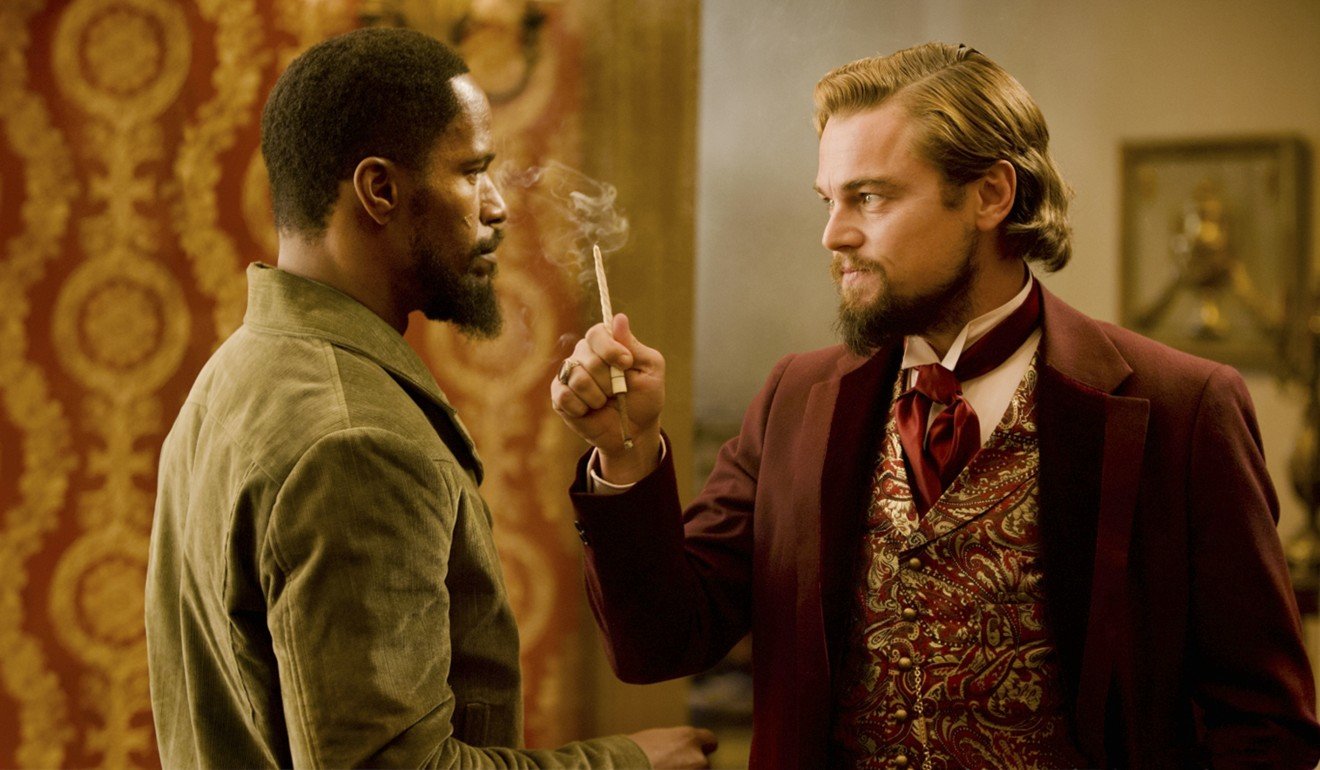Uma Thurman’s Kill Bill car crash, Quentin Tarantino, Harvey Weinstein and auteur worship
Why does the public forgive successful directors for their wrongdoings and abuse of power, and why do cinema-goers accept subpar and objectionable films from directors just because they are considered auteurs?

All her best instincts told her not to get into the car.
Uma Thurman was in the last days of filming the vicious revenge fantasy Kill Bill when the film’s director, Quentin Tarantino, told her to perform a driving stunt herself. Told by a crew member that the car wasn’t safe, Thurman balked. Tarantino was “furious, because I’d cost them a lot of time,” Thurman told The New York Times’ Maureen Dowd in a devastating interview published over the weekend.
QT, as he is known to his fans, finally reassured her that the car was safe and the road was straight, but not without a dose of intimidation. “Hit 40 miles per hour or your hair won’t blow the right way,” he threatened, “and I’ll make you do it again.”
She complied. Then she proceeded to crash the car, resulting in what she says is permanent damage to her neck and “screwed up knees”.
Thurman’s recollection of her “dehumanisation to the point of death” was part of a larger story that included coercive, violent encounters with Kill Bill’s producer and Tarantino’s chief champion, Harvey Weinstein. Her experience provides yet another glimpse inside a particular brand of toxic masculinity: a deference to auteur worship that, as Thurman’s case shows, can have literally deadly consequences and is just as unhealthy on screen as off.
Since the accusations of harassment and criminal sexual abuse against Weinstein and ensuing cascade of similarly unsettling allegations broke last year, film-goers have been invited to consider – and reconsider, and re-reconsider – how or whether to separate the art from the artist. But Tarantino’s alleged behaviour on the Kill Bill set for two specific scenes, during which he also reportedly spat in Thurman’s face and choked her with a chain, suggests we’ve been asking the right question in the wrong way.

Actresses have been subject to abuses of power virtually since the invention of cinema, a medium invented by men photographing other men doing things, and women looking beautiful.
During Hollywood’s Golden Age, it was the studio heads who held the most power over actresses’ careers; with the advent of writer-directors in the 1960s through today, it was the mostly male directors – romanticised as temperamental, demanding, uncompromising and brilliant – who could make a female star, even while breaking her at the same time. Think of Alfred Hitchcock’s pathetic attempts to bring Tippi Hedren to heel (and his sadistic response when she resisted).

Since the “auteur theory” was imported from France to the United States in the late 1950s and early 1960s, the term has earned value as a marketing hook, not just for movies but for the men who make them. The mystique of Terrence Malick has prompted name actors to work on his films for relative peanuts, just for a chance to work for him – even if they risk ending up on the cutting-room floor.




Critics own our share of the blame. How many of us have accepted Tarantino’s stylised savagery against women (not to mention his opportunistic use of racist epithets) with the same self-flattering chuckle that we’ve greeted his winking references to grindhouse pulp and obscure martial arts flicks?


She was referring to the dangers of pigeonholing writers and directors according to their gender and ethnic identities, but the same holds true for filmmakers whose vaunted reputations too often obscure the fact that they’re making one movie at a time: some good, some bad and, yes, some great.
When “Great Men” insist on voyeuristically revelling in female suffering or using rape as a convenient inciting incident or hypersexualising their actresses (or, in turn, reducing them to monotonously neurotic harridans), viewers don’t have to accept those images as “edgy” artistic signatures or “deep” recurring themes. We can reject them – offensive or damaging, simplistic or banal, ugly or shallow. Like Thurman, we can listen to our best instincts. And, unlike her, we can always choose to get out of the car.